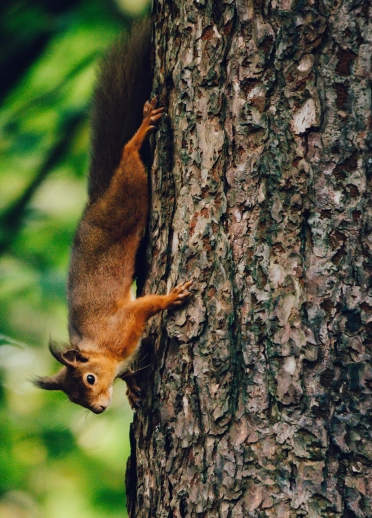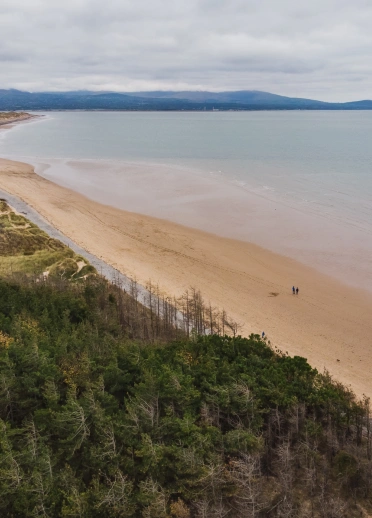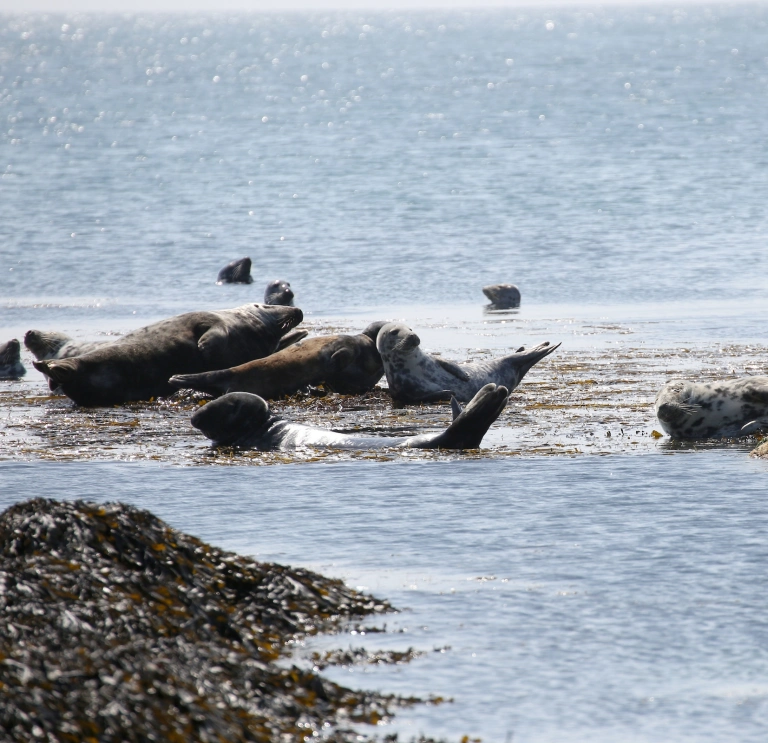Throughout the year, a wide variety of animals, birds and unique insects make their homes in Wales. If you know when's best to visit, and where to look, you can see wildlife common to Wales including red kites, dolphins and puffins. You might be lucky and spot some of our rarer creatures too - red squirrels, ospreys and even beavers!
Here are some of the best places to find wonderful Welsh animals.
Dolphins, seals and porpoises
Cardigan Bay is home to a large population of bottlenose dolphins and harbour porpoises, and one of the finest dolphin sightseeing locations in Wales. Take a walk on the Wales Coast Path and there’s a good chance you’ll see them swimming and jumping among the waves. Get a closer look by taking a dolphin spotting boat trip from the harbour town of New Quay, which will bring you face to face with these amazing marine mammals. Find out more about our coastal environment at Cardigan Bay Marine Wildlife Centre, also in New Quay.
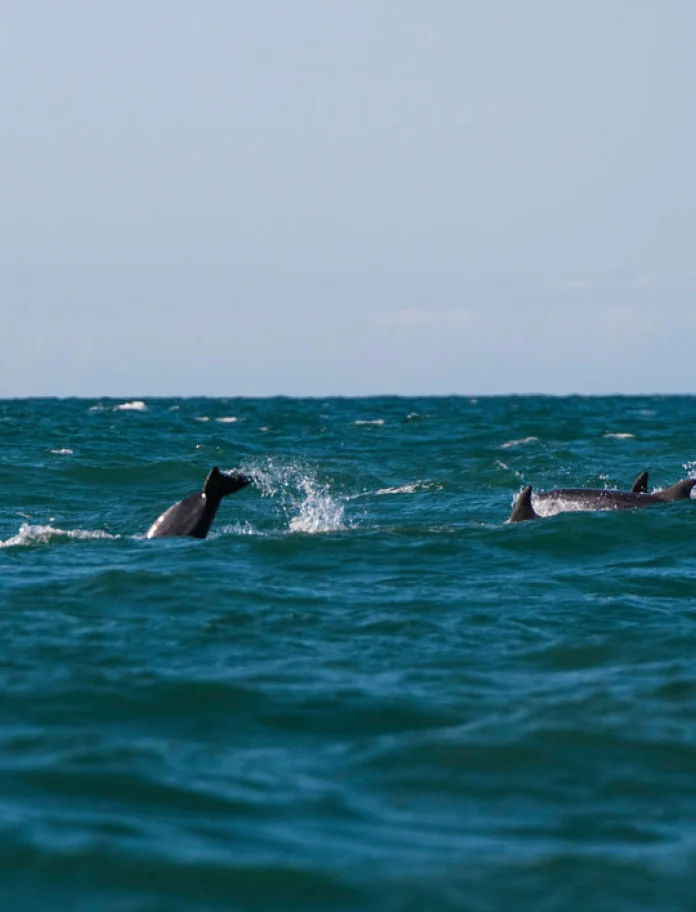
Anglesey is another Atlantic grey seal, Risso’s dolphin, bottlenose dolphin and porpoise spotting hotspot, although the most numerous animal population on the island is sheep! Follow the Wales Coast Path between Porth Llechog and Cemaes on Anglesey to see cetaceans playing in the bay. Boat trips from Beaumaris take a tour along the Menai Strait to Puffin Island, home to a seal colony and birdlife.
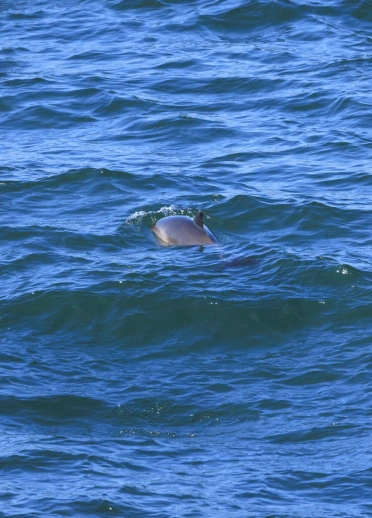
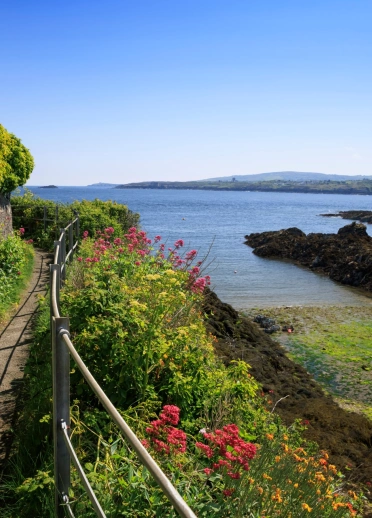
Strumble Head in Pembrokeshire attracts large numbers of porpoises, including mothers with calves, all year round. As well as porpoises, the area occasionally attracts basking sharks, sunfish, humpback whales, minke whales and orca. You can help conserve the porpoise by taking a Sea Trust Survey boat trip, where you record your trip sightings.
Pembrokeshire's Marloes Peninsula is a jagged spit of land which is delivery ward and nursery for grey seal pups, born during the autumn. It’s also a great place for winter birds, with plenty of playful choughs on the cliff tops. Nowadays, Marloes Mere is a good spot for winter waterfowl and birds of prey, though it used to be famous for supplying leeches to the medical profession.
The islands off the Pembrokeshire coast, Skomer, Skokholm, and Grassholm, are some of the best places to see grey seals in Wales. Between September and November you can often spot seals and their white-coated pups on the beaches and in caves around the islands. The easiest way to get close is via one of the boat trips, which run from 1 April to 31 October.
Find out more ways to encounter nature on Wales’ coasts and where to find wildlife watching tours.
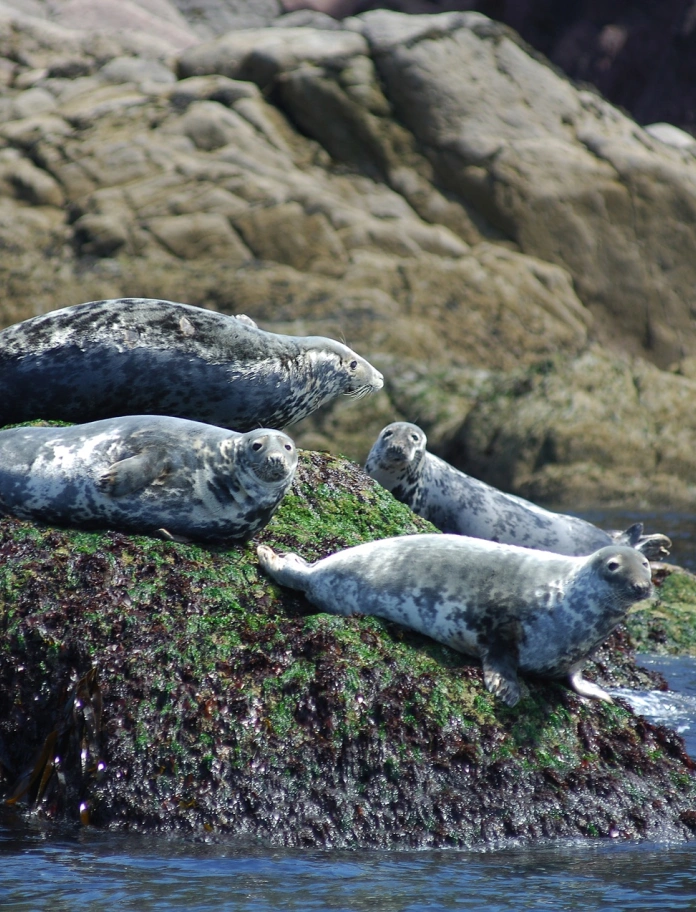
Welsh birds of prey
The return of the red kite has been one of the big success stories of Welsh conservation. While they were extinct almost everywhere in Britain, they survived, just, in remote pockets of Mid Wales. Nowadays they’re a common – but never commonplace – sight all over Mid and West Wales. The red kite is a graceful bird, with a distinctive forked tail, making it relatively easy to spot in the skies.
Mountain bikers and red kites flock to the visitor centre at Bwlch Nant yr Arian in Ponterwyd, near Aberystwyth. It became a red kite feeding station in 1999, designed to give the small numbers of kites a helping hand and to encourage them to gather together. Nowadays around 150 birds swoop to daily feedings, which take place at 3pm in the summer. For the best display of all, daily feedings at Gigrin Farm, Rhayader, attract up to 600 of these stunning birds as well as a supporting cast of buzzards and ravens.
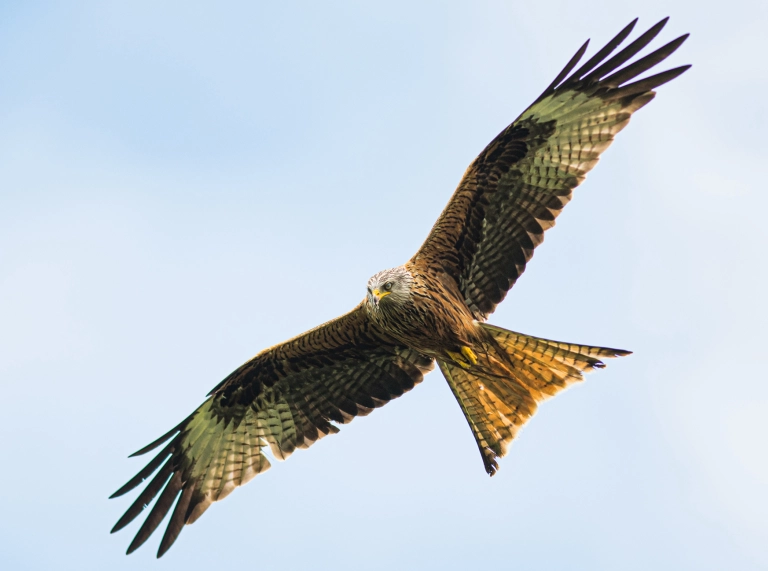
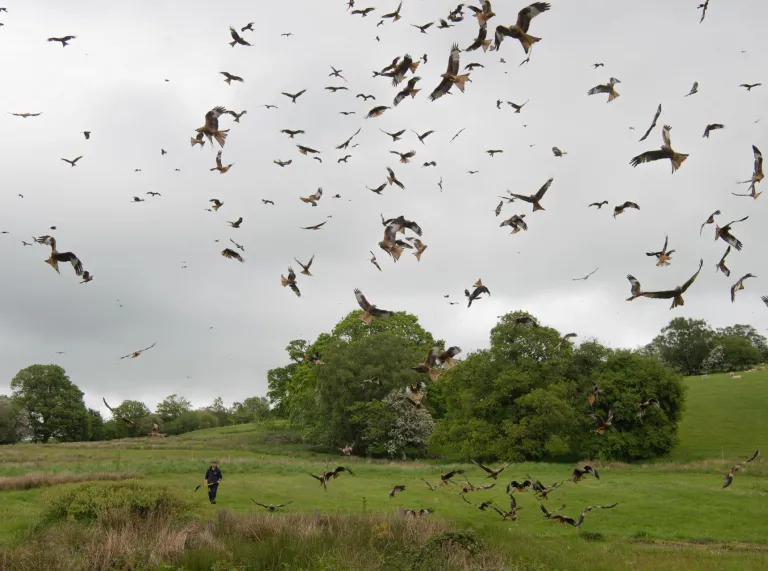
Ospreys have also returned to Wales following the success of nests at Cors Dyfi Nature Reserve and Hafren Forest in Mid Wales, the Glaslyn Osprey Centre and Llyn Brenig in North Wales. Watch out for their graceful diving for fish in our lakes and estuaries, or you can watch their nests live online via the relevant webcams.
The 70-square-mile wilderness of reservoirs, lakes and woodland called the Elan Valley is the ultimate getaway for a 'middle-of-nowhere' experience. Ten species of birds of prey are regularly seen here: kite, buzzard, peregrine, merlin and goshawk are common all year round. What you probably won’t see is other people.
If you want to get up close and personal with captive bred native eagles, owls and raptors, the British Bird of Prey Centre in Carmarthenshire holds daily flying shows when they are open. You can also pre-book onto a group or private bird experience, tailored to all ages and abilities.
Search for more birds of prey and falconry experiences.
Rutting deer
The 850-acre Margam Country Park estate, near Port Talbot, has loads of attractions all year round, but autumn is when the 300-strong herd of fallow deer becomes the star of the show. They’re most active in October when the mating season (or ‘rut’) occurs. The bucks clash antlers with each other in sometimes vicious fights, competing for the right to breed with the does. Meanwhile, the ladies stand around pretending to be less than impressed.
If you're looking for a good place to spot natural wildlife in Eryri (Snowdonia), head to Coed y Brenin forest near Dolgellau, North Wales, or Clocaenog Forest in Denbighshire. Fallow and roe deer roam the native woodlands, so take care and keep your dogs on leads if you spot any.
Beavers
Beavers used to be native to Wales. Sadly over-hunting drove them to extinction by the Middle Ages. The Welsh Beaver Project is on a mission to re-introduce these large, semi-aquatic rodents to our countryside. The aim is to improve the biodiversity and habitats in our rivers and wetlands, with the knock-on effect of benefitting other species.
In April 2021, a Eurasian beaver family from Scotland were given a new home in a seven-acre wetland enclosure at Cors Dyfi Nature Reserve, near Machynlleth. The reserve is within the UNESCO Dyfi Biosphere, and also home to water buffalo, ospreys and reptiles. Visits to the beaver enclosure are restricted, so they won't be disturbed during the day when they sleep.
Otters
Playful and secretive, otters live in rivers, canals and lakes with clean water. While you might be lucky enough to see one by chance, here's a couple of places we know they hang out. Dawn and dusk is the best time to spot otters, as they hunt for prey.
A Visit Wales Gold Award winner, the Welsh Wildlife Centre near Cardigan is a fantastic place to see all sorts of creatures. Some of the nature trails are suitable for cycling, or you can hire canoes for a trip up the Teifi Gorge where you should see kingfishers and otters. The herd of water buffalo aren’t a native species, admittedly, but they do a great job of keeping the Teifi Marshes in a condition that encourages the insects and amphibians which, in turn, attract a rich variety of birds and beasts. The site welcomes well behaved dogs, and many of the trails are suitable for wheelchair users and buggies. They also offer cycle hire.

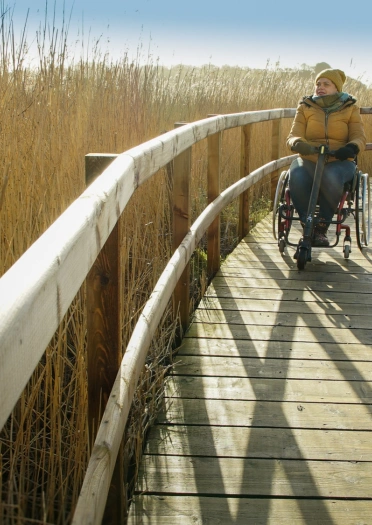
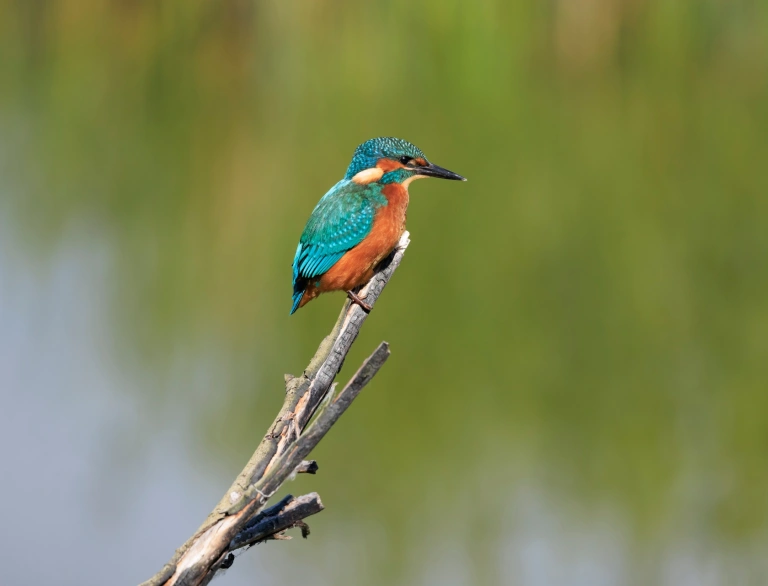
The circular Stackpole and Bosherston six-mile walk manages to squeeze in everything that’s best about Pembrokeshire wildlife in early summer. It’s got cliffs, dunes, two of our prettiest beaches (Barafundle and Broadhaven South), wildflower meadows, woodlands and freshwater lakes. The Bosherston Lily Ponds are in full flower in June and July, although the resident otters are more interested in the eels, pike, perch, roach and tench that live beneath the waters, while over 20 species of dragonfly and damselfly flit above.
Reptiles
Wales is home to several native protected reptile species, including slow worms, common and sand lizards, and snakes. The best place to see them in the wild is at one of our fabulous nature reserves.
Parc Slip Nature Reserve, Bridgend, South Wales, is the local Wildlife Trust’s HQ and flagship reserve. It's a 300 acre oasis with lots of cycle and walking tracks through its grassland, woodland and wetlands. In summer, the fields are ablaze with colour as oxeye daisy, ragged robin, orchids and many other beautiful wildflowers come into bloom. They hold lots of events here, including weekly Reptile Rambles, to discover the reserve’s great crested newts, slow worms, adders and grass snakes.
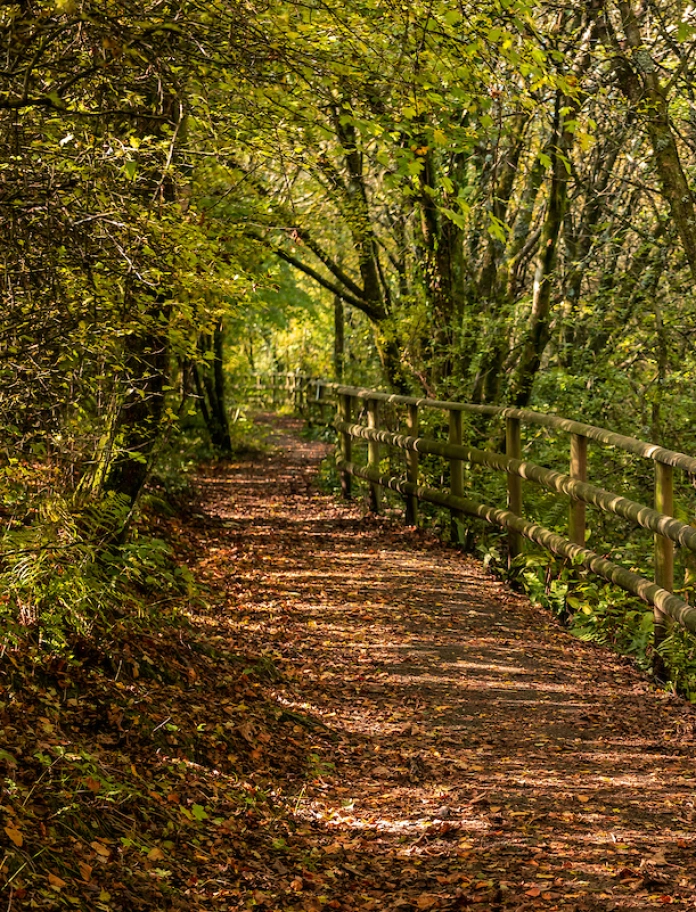
Birdlife
As well as our birds of prey, there are vast numbers of birds living in, or migrating to Wales to overwinter. Our RSPB nature reserves and wildlife centres are top spots for twitching, and our coastline is full of iconic sea birds, including arctic terns, bearded tits and choughs. Find out which birds you're likely to hear along the Wales Coast Path.
Everyone loves a puffin. These colourful, comical sea birds have a couple of habitats in Wales where you can visit them. Skomer Island is probably the most well known puffin and manx shearwater hotspot - take a boat trip for a day visit, or you can even stay overnight. There are also puffins and other sea birds aplenty living on Puffin Island, off the coast of Anglesey. Find out more about places to go bird watching on Anglesey.
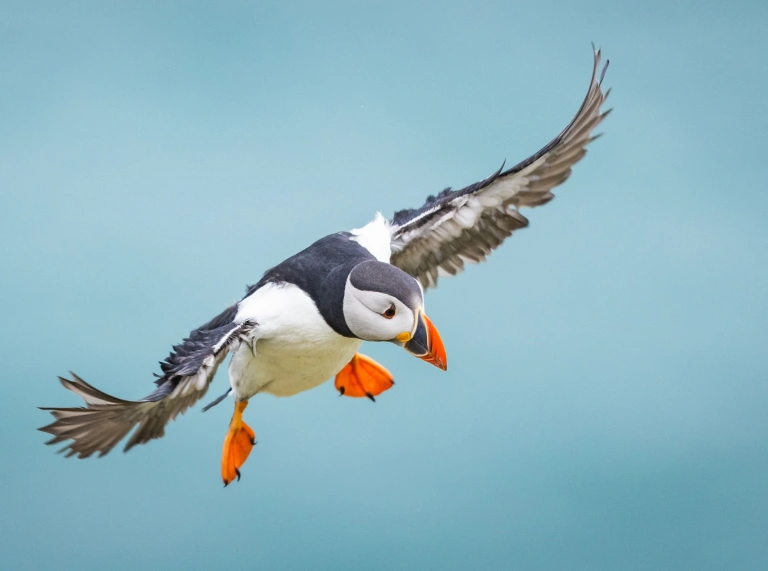

Heading inland, the black grouse is a handsome chap, as he well knows. Each spring the males gather on moorland, such as Llandegla, in Denbighshire, to perform an impressive love dance (known as ‘lekking’), shaking their tail-feathers and generally showing off while the females look on, like the judges on Strictly. The RSPB runs guided tours from late March to late April – if you can hack the 5.15am start! Check out the RSPB events pages to see when they run.
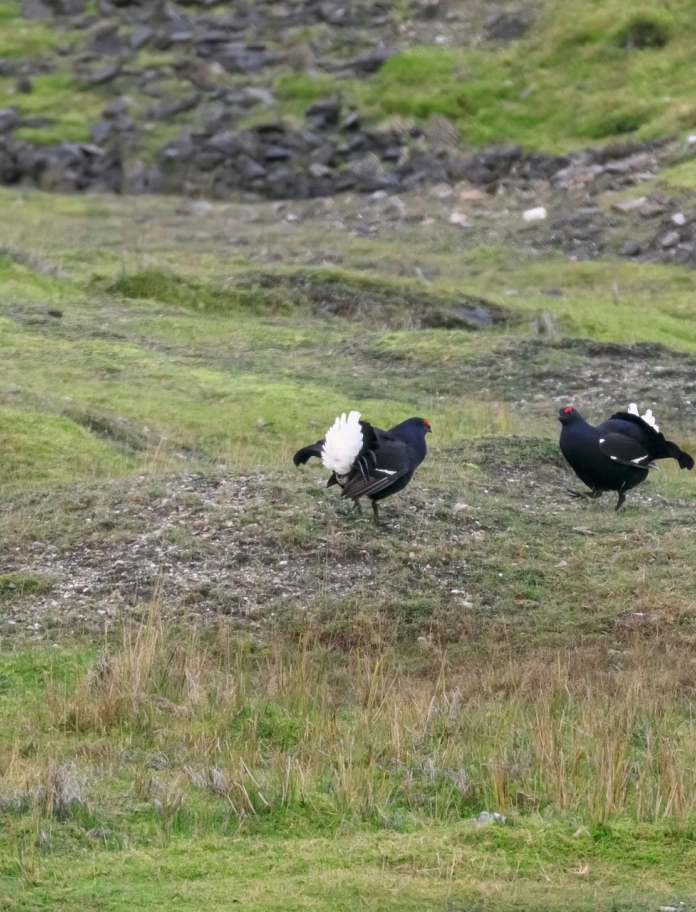
Butterflies, dragonflies and damselflies
Many of our nature reserves offer child-friendly bug safaris and nature trails during the school holidays. However, there are a couple of places where at certain times of the year, you can spot rare butterflies if you're lucky.
The high brown fritillary is a big, powerful butterfly which has gone into catastrophic decline in Britain. Local conservationists are making major efforts to boost its numbers in this last Welsh stronghold in the Alun Valley, Vale of Glamorgan. Most of the works is on private land, but the public footpath across Old Castle Down is a great place from which to spot this rare beauty fluttering about between June and August.
More than 20 species of butterfly flourish on Great Orme, but it’s the silver studded blue and the grayling that most excite lepidopterists: they’ve evolved into distinct sub-species on this hulking headland overlooking Llandudno. Between June and August is the best time to visit.
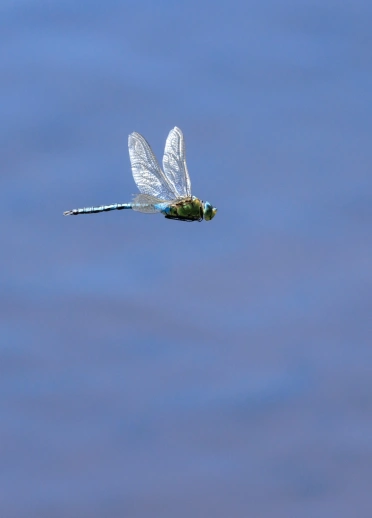
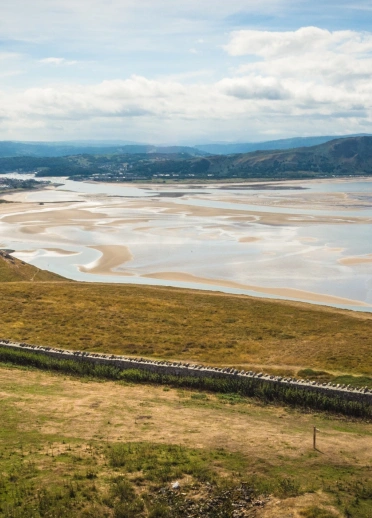
A pair of rewilded flooded quarries are the centrepiece of Cosmeston Lakes Country Park, in the Vale of Glamorgan. The woodlands and meadows give a great display of native flowers. The reedbeds are home to 16 different species of dragonfly and damselfly, on the wing between late May and September. Visit on a sunny afternoon as they'll be more active then.
Cors Caron's vast raised bog, near Tregaron, Mid Wales, is the most important in the UK, and supports a staggering amount of life, including around 16 species of dragonfly. They’re gorgeous to look at… and pretty tasty, judging by the number of hobbies - agile little hawks - that predate on them.
20 species of dragonfly and damselfly live around the peaceful Bosherston Lily Ponds, in Pembrokeshire. Follow the easy access trail around the lily ponds and see how many you can spot.
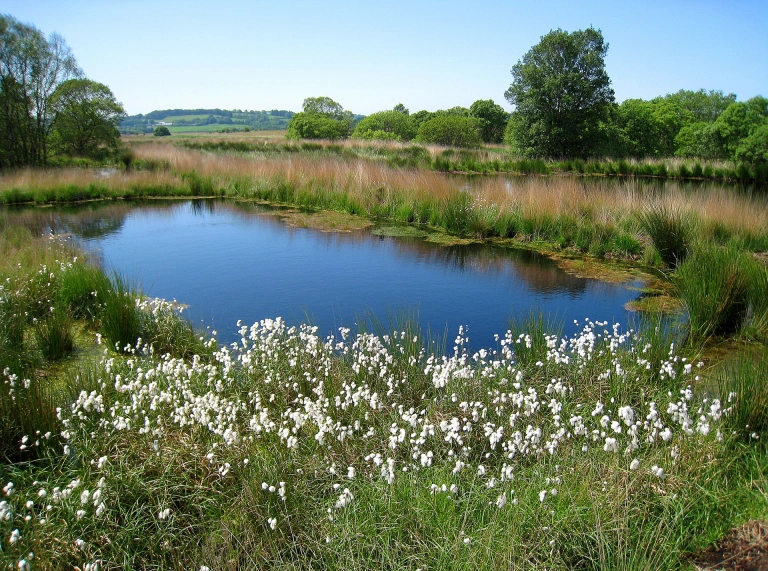
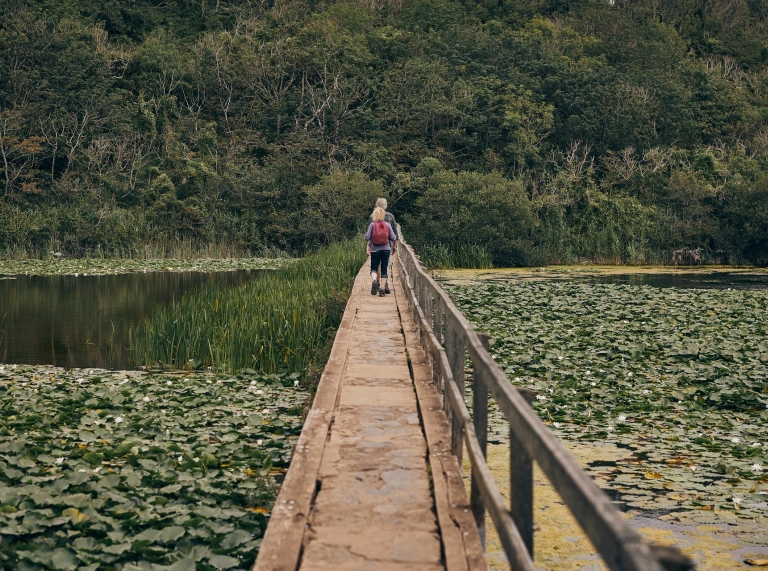
Red squirrels
Native red squirrels are endangered in the UK and it's sadly very rare to see them in the wild. Anglesey's native forests are a stronghold for red squirrels. The island's woodland habitats form part of a massive conservation effort to protect and increase the population. Follow the Red Squirrel Discovery Trail in Newborough National Nature Reserve to find out more about these secretive sciuridae.
